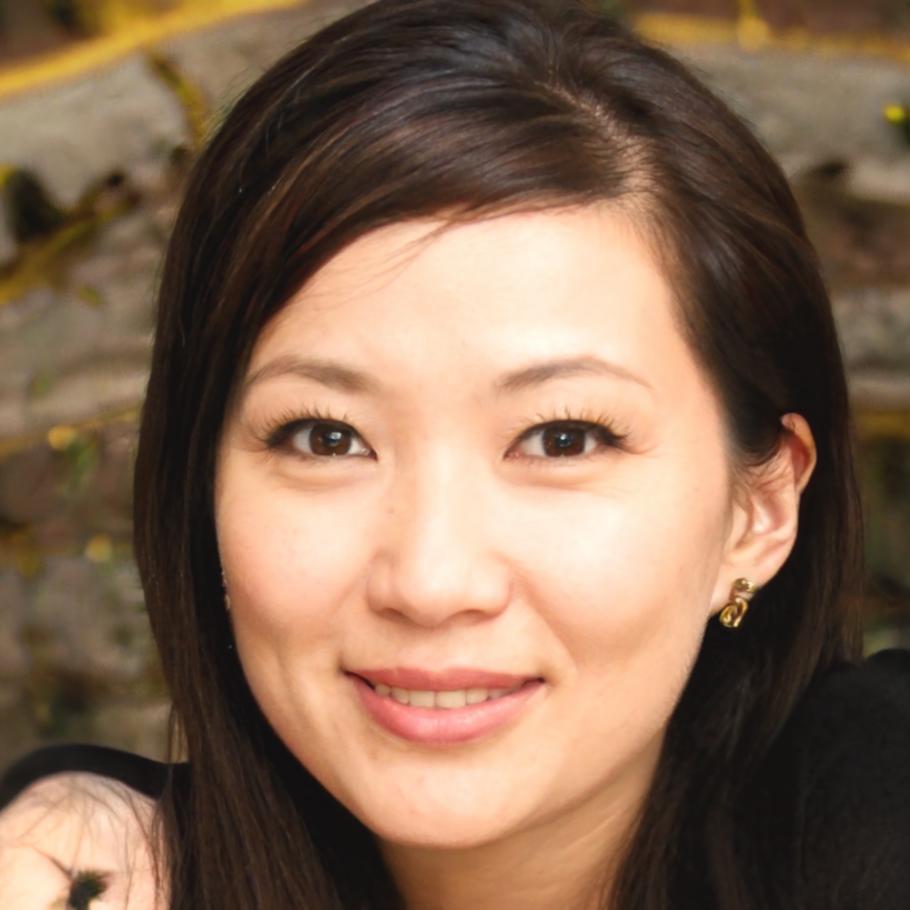Your Path to Money Confidence Starts Here
We break down budget planning into clear, manageable steps that actually make sense for real life in Malaysia—no confusing jargon or one-size-fits-all advice.
We Meet You Where You Are Right Now
Most financial programs assume you already know the basics. But here's the thing—everyone starts somewhere different. Maybe you're juggling multiple income streams, dealing with family obligations, or just trying to figure out where your money goes each month.
Our approach begins with understanding your actual situation. Not some theoretical example from a textbook, but your real expenses, your real income patterns, and the financial pressures you face living in Malaysia in 2025.
We spend the first couple of sessions just mapping out what's happening now. Because you can't build a realistic budget without knowing the full picture first.

Three Core Stages That Build on Each Other
The program moves through distinct phases—each one preparing you for the next. Nothing gets rushed, and we don't move forward until the foundation feels solid.
Foundation Phase
We look at how money moves through your life right now. Track your actual spending patterns for 30 days, identify fixed costs versus flexible expenses, and spot the hidden drains that catch most people off guard.
Building Systems
Once we understand your patterns, we create personalized tracking methods that fit your lifestyle. Some people prefer digital tools, others work better with physical planners. The system has to work for you, not the other way around.
Long-Term Planning
After establishing solid daily habits, we zoom out to the bigger picture. Set realistic goals for late 2025 and into 2026, build emergency cushions, and create flexibility for life's inevitable surprises.
What Actually Happens Session by Session
We meet weekly for focused 90-minute sessions. Between meetings, you test what we discussed and bring real feedback about what's working or what needs adjusting.

Discovery and Baseline Creation
The first month focuses on observation rather than drastic changes. You'll keep detailed notes about spending, identify patterns you didn't notice before, and start categorizing expenses in ways that make sense to you. We also talk about your financial background—what habits you picked up from family, what's been working, what hasn't.
System Implementation
Now we start building your personalized budget framework. This isn't about restriction—it's about allocation. Where does your money need to go? What areas have flexibility? How do you handle irregular expenses like car repairs or family celebrations? We create practical buffers and test different approaches until something clicks.


Support That Adapts to Your Learning Style
Every participant learns differently. Some people need visual charts and graphs. Others prefer talking through scenarios. A few work best with hands-on exercises using their actual bank statements.
Our coordinators adjust the approach based on how you process information. If something isn't clicking, we try a different angle. The goal isn't to force you through a rigid curriculum—it's to help you develop skills that stick long after the program ends.